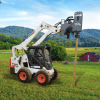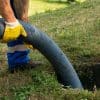It’s time to start planning how you’re going to keep your home warm this fall as the weather turns cooler. Prices for electricity and gas seem to be going up all the time, and so this year, more than ever, we need to plan how to stay warm but still stay within budget.
Thank you for reading this post, don't forget to the best blogger Guy About Home who offers the best garden and home improvement tips! If you are a home decor and design fan, don't miss the tips on home ideas. If you are a home garden owner, then you might be interest in our complete guides to house plants!
So, in this post, we’ll go over some of the best options to help you stay snug no matter how cold it is outside.
Take Advantage Of Stylish Curtains
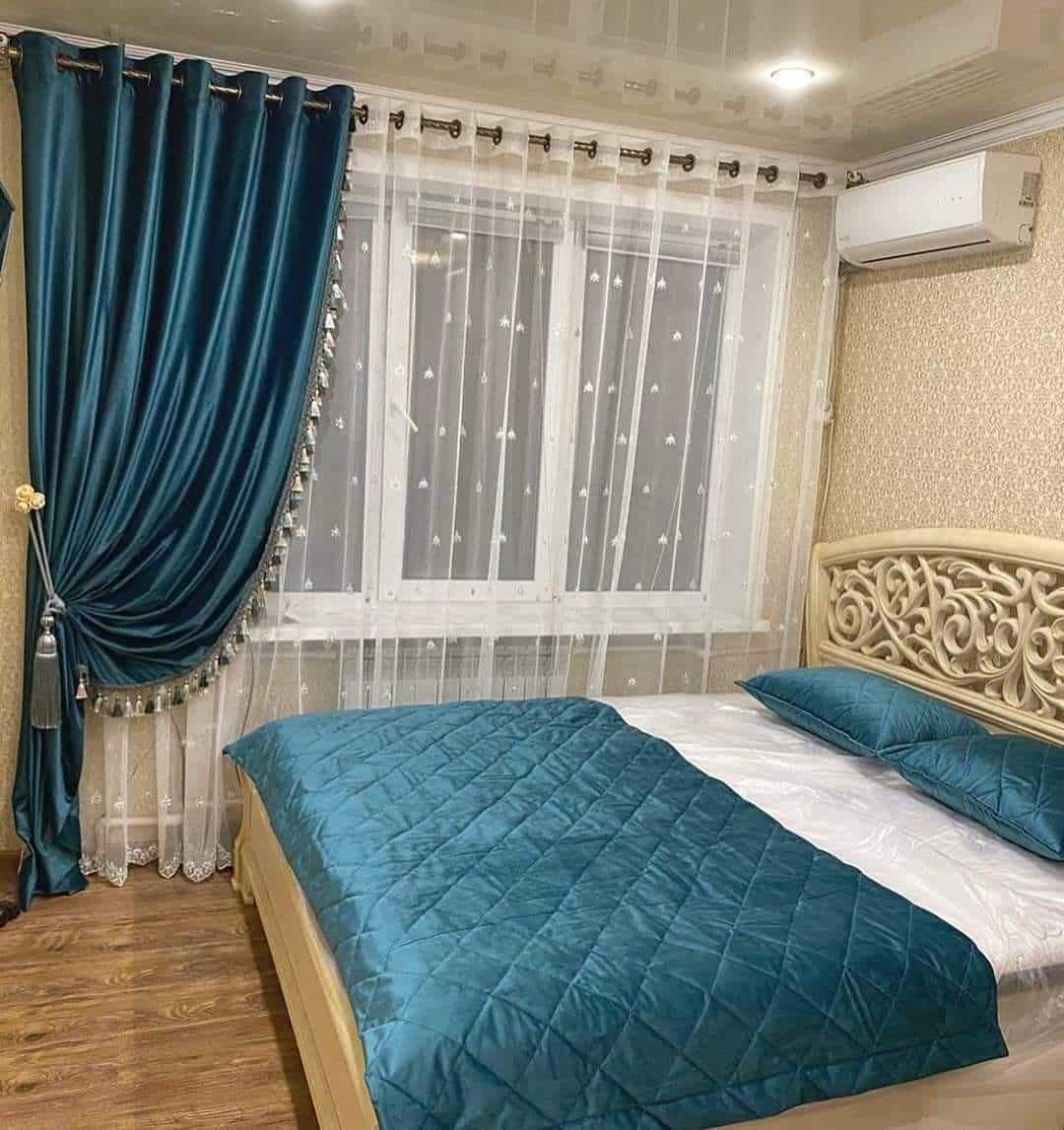
Image Source: Pinterest
When the temperatures begin to fall, those flimsy, light-colored curtains you use in the summer are a serious disservice to your home. Replace these with heavier draperies in the winter. This aids in keeping the chilly breeze outside and the warm air inside.
To make use of this free heat during the day, open your curtains and let the sunlight in. Close your curtains as it gets dark so that heat is retained in your rooms and an additional layer of insulation is added. Speaking of insulation, contact attic insulation installation professionals who can help your entire home retain heat and reduce energy bills. Additionally, make sure there are no cracks or leaks so that warm air can enter and cold air can exit; this will assist to lessen condensation.
Use An Electric Boiler
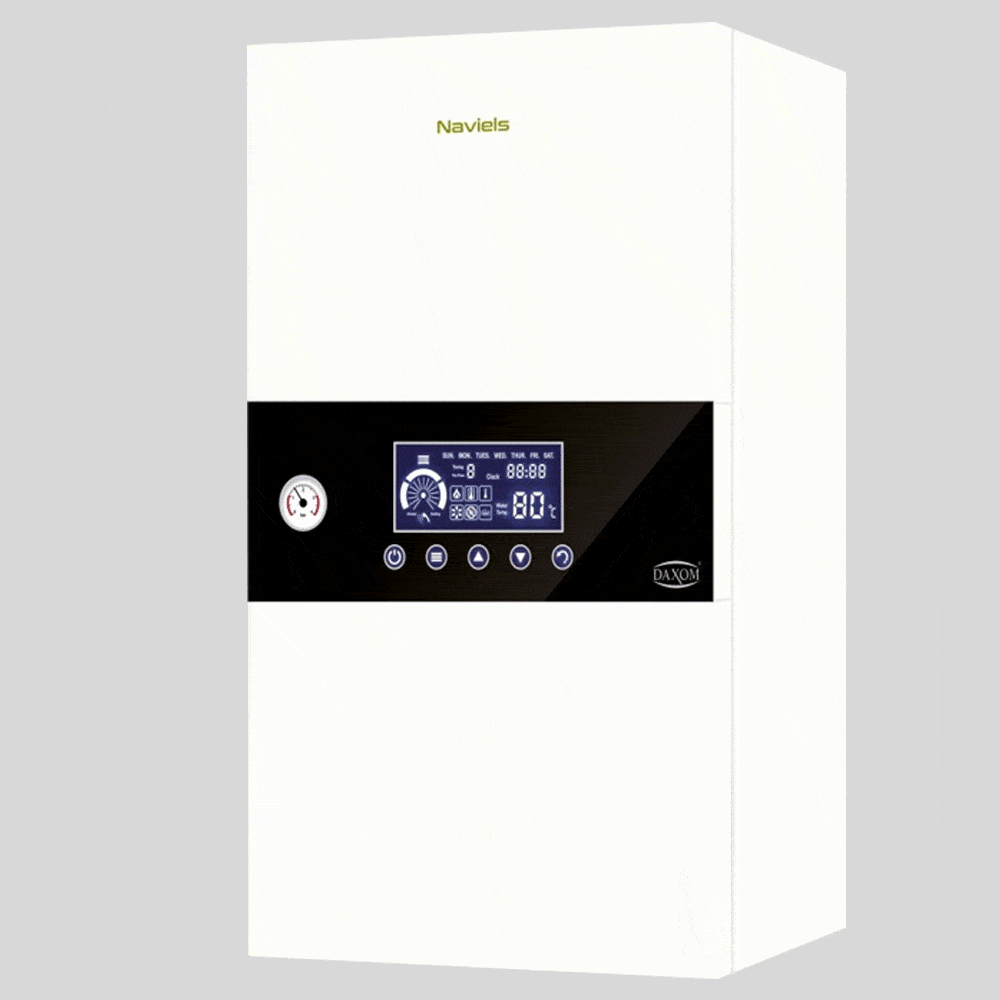
Image Source: Pinterest
You can still install a boiler even if your house doesn’t have a natural gas line. Electric radiators are dependable and less expensive to install initially. They are also easier to maintain and they have become much more economical to use than they used to be.
Invest In An HVAC unit
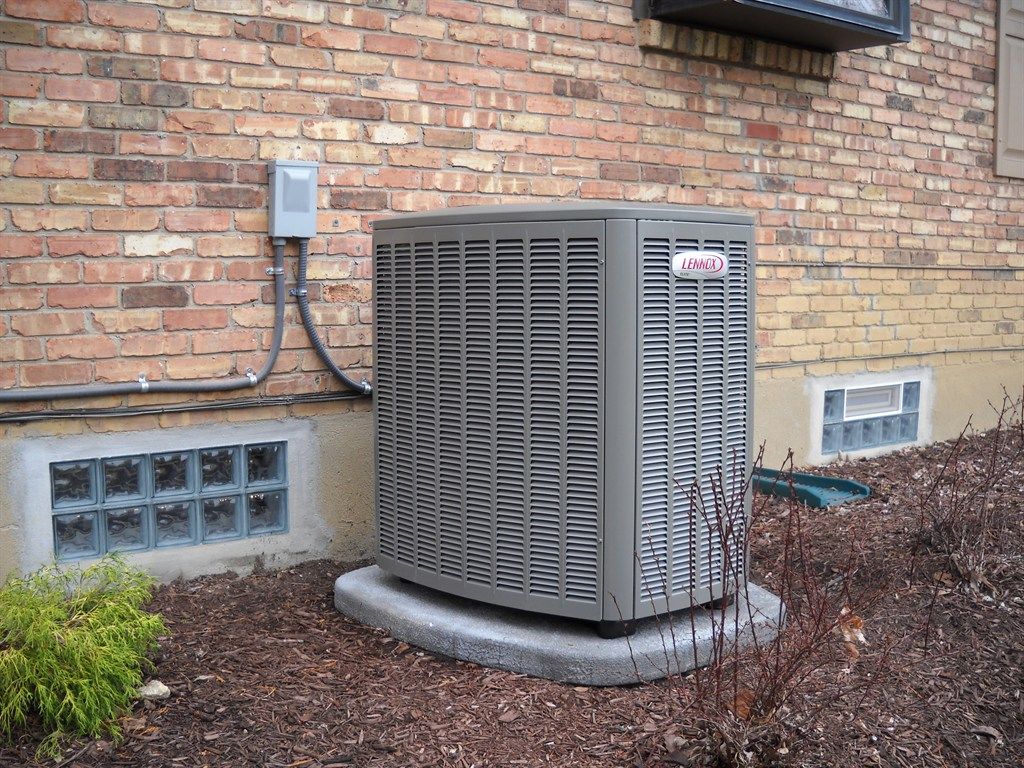
Image Source: Pinterest
You might already have air con but an HVAC unit has the ability to change the direction they run in order to also move heat into a home. They function similarly to conventional air conditioning systems that circulate refrigerants. Heat pumps are very energy-efficient in the winter, albeit they may suffer in extremely cold temperatures.
Put on Another Layer

Image Source: Pinterest
While care is needed when you have elderly residents or very young children, for most of us, the first solution for feeling cold should be to put on another layer rather than turning up the thermostat. Now, we’re not suggesting for one moment that you should be sat there wrapped up in so many layers you can hardly move, but you don’t have a couple of layers on, that that really should be your first option.
Use A Smart Thermostat
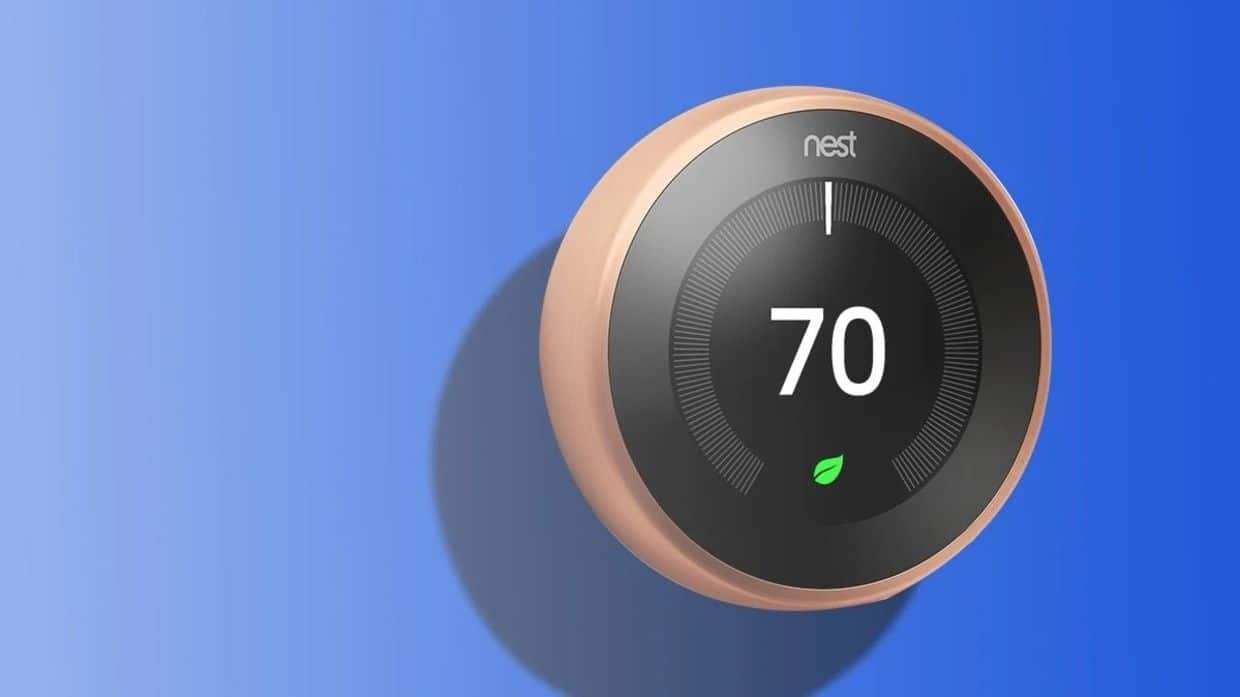
Image Source: Pinterest
It’s also worth noting that turning up the heat will not actually heat your home faster—it will simply cause your boiler to produce heat for a longer period of time, and that, in turn, causes the room temperature to increase. So, while it may be tempting to raise the thermostat when it’s cold outside, hoping to get a quick fix, it’s not the best long-term strategy.
These extreme temperature swings cause your boiler to work much harder than it should, increasing your energy bills. So, look for small temperature changes and keep the room warm rather than swinging from too hot to too cold.
Relocate Your Furniture
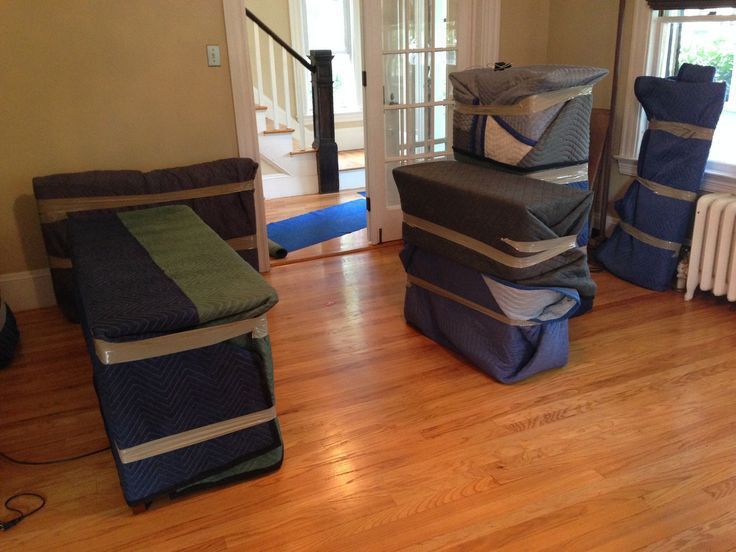
Image Source: Pinterest
Make sure your furniture isn’t covering any ventilation ducts or radiators. Furniture that covers an HVAC register is preventing your home from getting heated properly. The same rule applies to curtains and garments that are drying; keep them away from the radiator to get the most out of your heat source.
Insulate Your Home
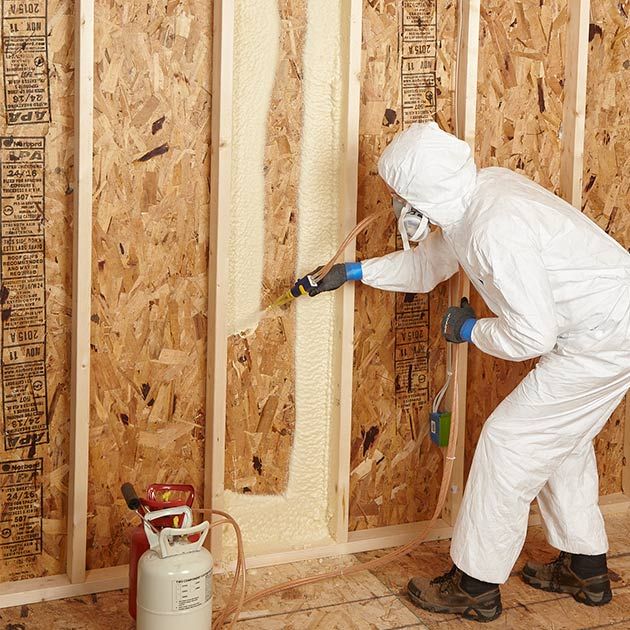
Image Source: Pinterest
The roof loses approximately 25% of the heat. You can easily reduce this by adding 25 cm of insulation to your home. Additionally, it is critical to inspect the condition of your walls because they allow one-third of the heat lost from an uninsulated home to escape.
Although it is more expensive to install than loft insulation, cavity wall insulation can save up to $170 per year on heating costs. It’s also a good idea to ask your energy provider about any insulation programs they may be running, which could include low-cost or even free installation.
Leave The Windows And Doors Closed
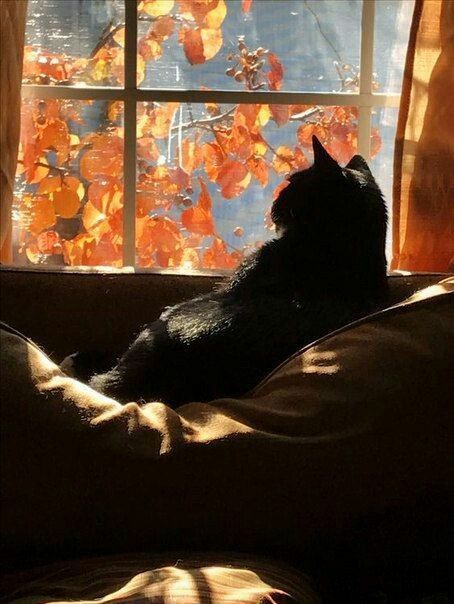
Image Source: Pinterest
It should go without saying, but one of the simplest ways to make your house cold is to leave the windows and doors open. Even though you could be prone to forgetfulness, strive to develop the habit of locking doors and windows when you leave them. Your core temperature will appreciate it.
Keep Your Heating System Well-Maintained
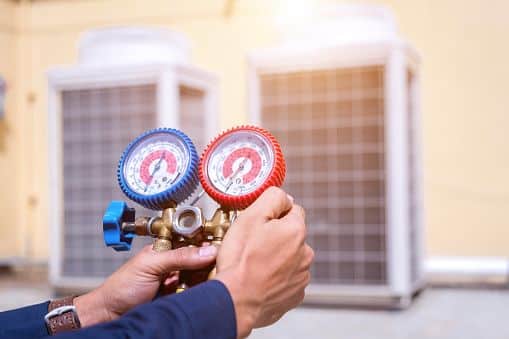
Image Source: Pinterest
A heating system that uses more energy than it should be a significant energy waste. Your system can perform at its best if you keep it on a yearly maintenance schedule. If your heating system is old and in need of extensive repairs, upgrading to a newer, more efficient heating type could ultimately save you money on heating and maintenance.
Conclusion
It’s possible that even after you’ve stopped the heat from leaving, you’ll still need more to keep your house cozy and warm. The amount of the area you wish to heat, the cost of operation, and the environmental impact will all influence the sort of heating you use.
But overall, make sure to stack layers before adjusting the thermostat. Warm socks or slippers will keep your toes toasty. Throw blankets should be placed near the couch, and area rugs should be used to insulate the floor.
And lastly, don’t waste money and energy heating empty spaces in your house. Reduce the heat provided to the guest rooms, laundry facilities, and storage spaces. Doors should be shut, vents in those rooms should be sealed, and warm air should be directed into the rooms you use most frequently.



